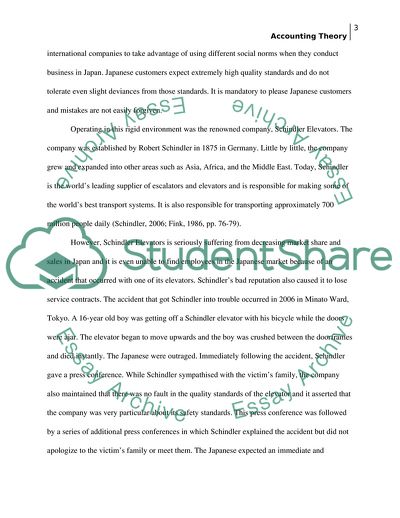Cite this document
(Account theory Essay Example | Topics and Well Written Essays - 2250 words, n.d.)
Account theory Essay Example | Topics and Well Written Essays - 2250 words. https://studentshare.org/finance-accounting/1764125-account-theory
Account theory Essay Example | Topics and Well Written Essays - 2250 words. https://studentshare.org/finance-accounting/1764125-account-theory
(Account Theory Essay Example | Topics and Well Written Essays - 2250 Words)
Account Theory Essay Example | Topics and Well Written Essays - 2250 Words. https://studentshare.org/finance-accounting/1764125-account-theory.
Account Theory Essay Example | Topics and Well Written Essays - 2250 Words. https://studentshare.org/finance-accounting/1764125-account-theory.
“Account Theory Essay Example | Topics and Well Written Essays - 2250 Words”. https://studentshare.org/finance-accounting/1764125-account-theory.


